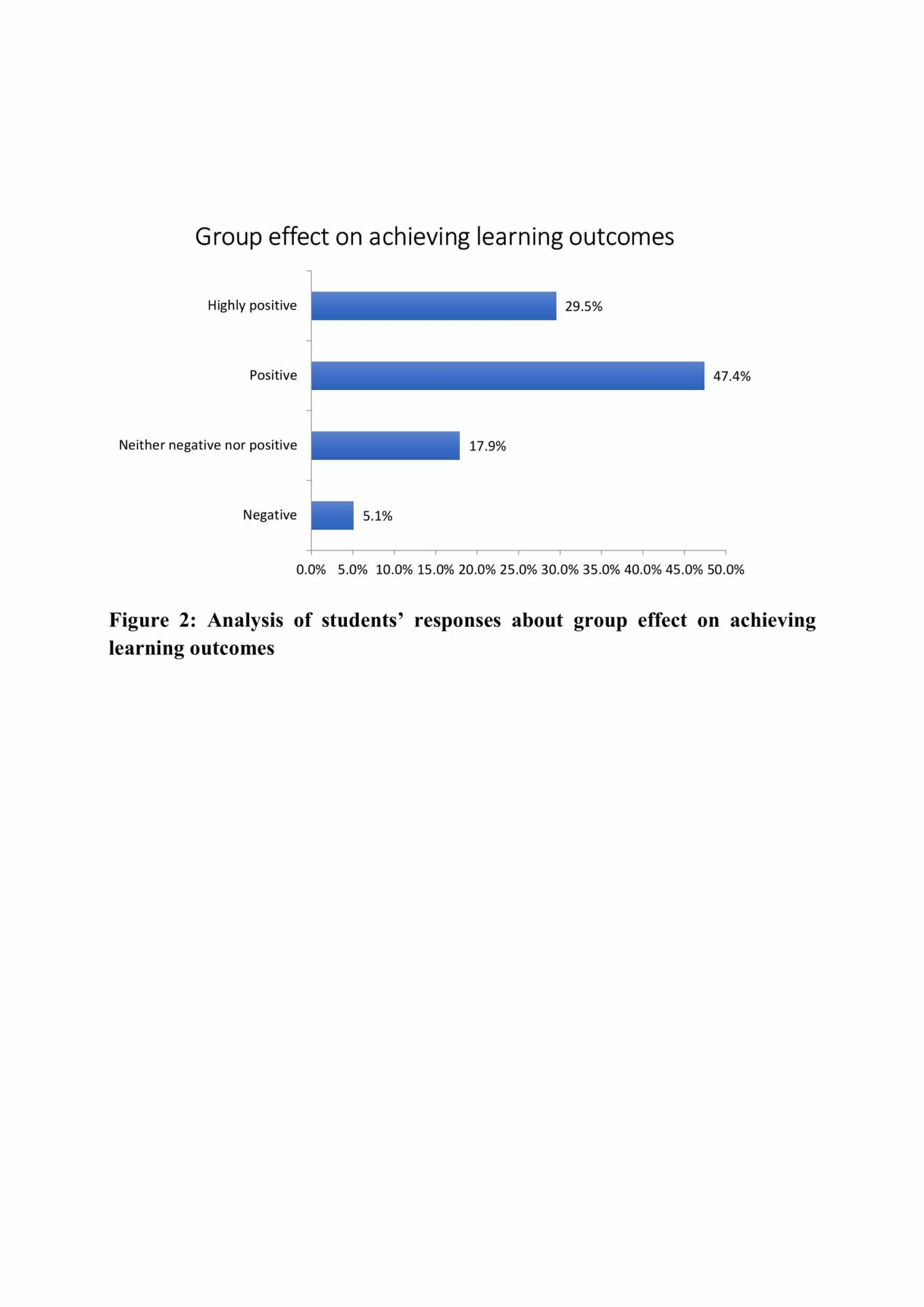This study aimed at using digital case scenarios created by students to improve
the process of learning Physiology. Additionally, it allowed students to visualize and understand clinical scenarios and the physiological reasons behind them while assessing how much they stand to gain from the experience. This study is a project
to implement FAIMER, ASU MENA-FRI Institute, Cairo, Egypt. In a foundation course for first-year medical students, the instructor utilized a variety of instructional methods including lecture, small group discussion, individual assignments, and reflection. The instructor had experience with prior use of a digital storytelling project, (Medical Workshop in IUPS, August 2017, Rio, Brazil). This study obtained
IRB approval from the Faculty of Medicine, Ain Shams Medical Ethics committee. The results reported by the students themselves revealed that the project helped them improve their skills in problem-solving, teamwork, active learning, communication,
planning, and time management. In addition, it also increased their confidence in their abilities to learn, face unexpected challenges, and achieve goals, while considering new life opportunities, those which became an option when the students searched by themselves and learned more about the different angles of medicine. This study concluded that compared to the traditional lecture format that focuses on memorizing definitions and theoretical structures, digital storytelling can be regarded as an innovative teaching tool and a unique medical education method that allowed students to participate more in the learning process. This article proposes an active learning method in undergraduate medical education.


